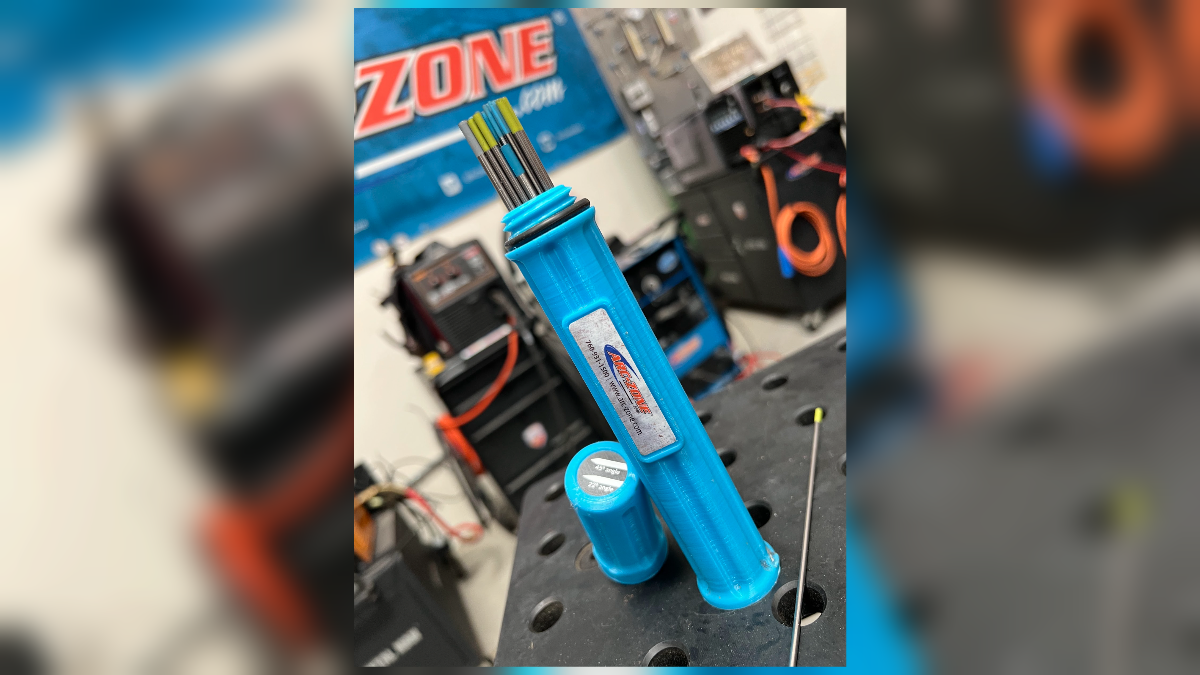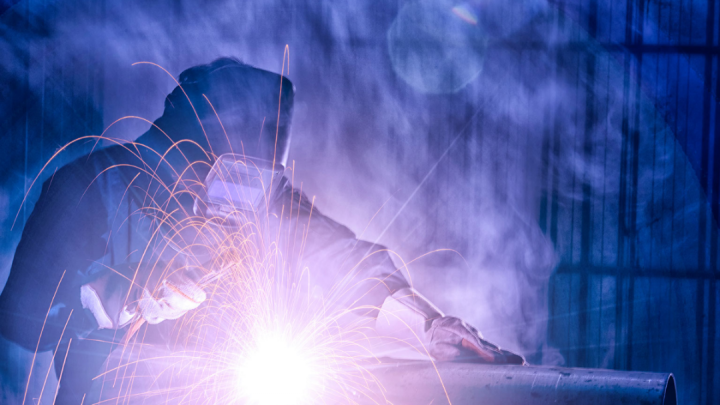by Jim Watson
A variety of tungsten electrodes are available from resellers who put their label on it and offer it for sale. Often this material is considered a commodity and is bought at the lowest price. That’s great for the Purchasing Department’s bottom line, not so good for a welding department’s quality and productivity
While it’s true that most of the tungsten electrodes on the market today come from China (in fact most all the tungsten ore has come from China for years) not all manufacturers are the same – not even close!
Let’s take a closer look at some of the problems we’ve seen with these cheap “reverse engineered” tungsten electrodes:
Varying Diameter – without strict adherence to specifications, the tungsten electrode diameter can vary causing problems with tungsten gripping in the collet/collet body of your TIG torch or your tungsten sharpener.
Bent Electrodes – especially with 1/16” and smaller diameter tungsten electrodes. This can cause problems with arc performance. See photo below.
Inconsistent Finish – spotty texture and uneven ground finish indicates a total lack of production quality. A poorly textured finish can also contribute to arc performance problems.
Flaking paint – tungsten electrodes are color-coded with a swab of paint on the end to distinguish one blend from another. When the paint flakes off, not only does it render the color-coding system useless, it can contaminate your weld.
That’s what you see, but what’s more important is the make up of the base material prior to extrusion. Tungsten electrodes are produced by mixing chemical compounds raw tungsten and specific dopiants which make up each blend thoriated, lanthanated etc. Consistent mixing, the extrusion process, and adherence to documented procedures is the real key to a high-quality end product.
We field more technical calls from customers with poor weld quality, and inferior tungsten performance than all other products, well other than junk gas lenses… more on that later.
Bottom line, when considering tungsten electrodes — you get what you pay for.
NOTE: Reverse engineer
to disassemble and examine or analyze in detail (as a product or device) to discover the concepts involved in manufacture usually in order to produce something similar. Similar. Not the same….



